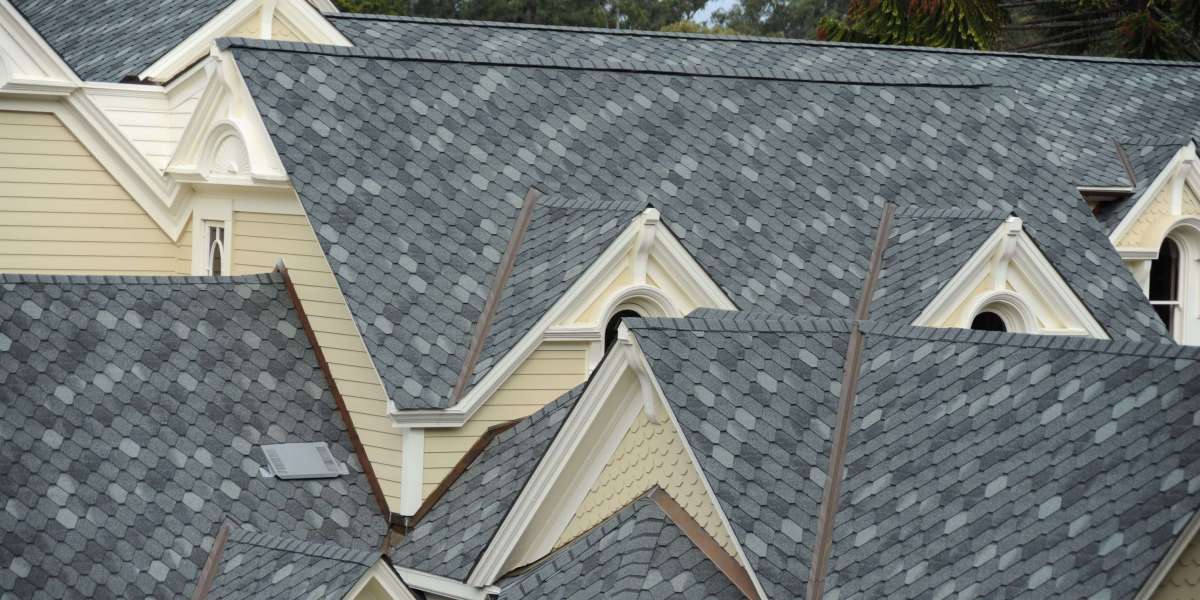As the world experiences the escalating impacts of climate change—rising temperatures, intensified storms, and unpredictable weather patterns—the asphalt shingles market is adapting swiftly. Roofing solutions that once focused primarily on cost and appearance are now being evaluated for their climate resilience and long-term durability. Asphalt shingles, once considered a basic staple in roofing, are now being innovated to meet the demands of a more volatile global environment.
One of the most significant challenges faced by builders and homeowners today is the growing frequency of extreme weather events. Hurricanes, heatwaves, hailstorms, and heavy snowfall are no longer rare occurrences—they are becoming the new normal. In response, manufacturers of asphalt shingles are developing high-performance products specifically designed to withstand these harsh conditions.
Modern asphalt shingles are now often equipped with reinforced fiberglass mats, advanced sealants, and specialized granules that provide improved wind resistance, impact protection, and UV durability. Many of these upgraded shingles can endure wind speeds exceeding 110 miles per hour and resist damage from hail or debris—features that were once exclusive to premium materials. These enhancements are pushing asphalt shingles into the spotlight as a trusted solution for climate-resilient construction.
In regions prone to wildfires, fire-resistant asphalt shingles are being adopted to mitigate property loss. These Class A fire-rated shingles, the highest rating available, are designed to resist ignition from wind-blown embers and radiant heat—offering peace of mind to homeowners in fire-vulnerable zones. Meanwhile, in hotter climates, reflective or "cool" shingles are gaining traction. These products reflect more sunlight and absorb less heat, helping to reduce indoor temperatures and energy usage, a critical consideration in areas battling prolonged heatwaves.
The growing awareness around climate adaptation is not just driving innovation—it’s also reshaping purchasing behavior. Homeowners are increasingly seeking roofing systems that offer protection against a range of environmental threats, not just aesthetic appeal. Insurance companies, too, are recognizing the value of durable, impact-resistant roofing and may offer premium reductions for homes that use such materials. This adds another layer of incentive for builders and buyers to choose upgraded asphalt shingles.
Governments and regulatory bodies are playing a role as well. In areas frequently affected by extreme weather, stricter building codes are being enforced to ensure new structures are more resilient. Asphalt shingles that meet or exceed these new standards are becoming the preferred choice for contractors seeking compliance without driving up material costs.
Another emerging trend is the integration of smart roofing systems. Some asphalt shingles are being engineered to work in tandem with sensors and monitoring technology that can detect roof damage or thermal inefficiency in real-time. While still in the early stages of adoption, this convergence of roofing and tech highlights a growing demand for solutions that not only endure changing climates but adapt to them intelligently.
On the environmental front, many manufacturers are also working toward reducing the carbon footprint of asphalt shingles. Using recycled materials, developing eco-friendly production methods, and improving recyclability after end-of-life are all part of a broader sustainability effort. Climate resilience doesn’t only mean durability—it also involves minimizing the environmental impact of the materials themselves.
The global shift toward resilient infrastructure is set to keep pushing the asphalt shingles market forward. As climate challenges become a more pressing factor in construction decisions, roofing materials that combine adaptability, performance, and affordability will become increasingly vital. Asphalt shingles, thanks to their continual innovation, are meeting that challenge head-on.
In conclusion, the asphalt shingles market is evolving from a focus on basic shelter to becoming a front-line solution in climate-adaptive building. By blending strength, versatility, and forward-thinking design, modern shingles are helping homeowners and builders prepare for an uncertain future—one rooftop at a time.







